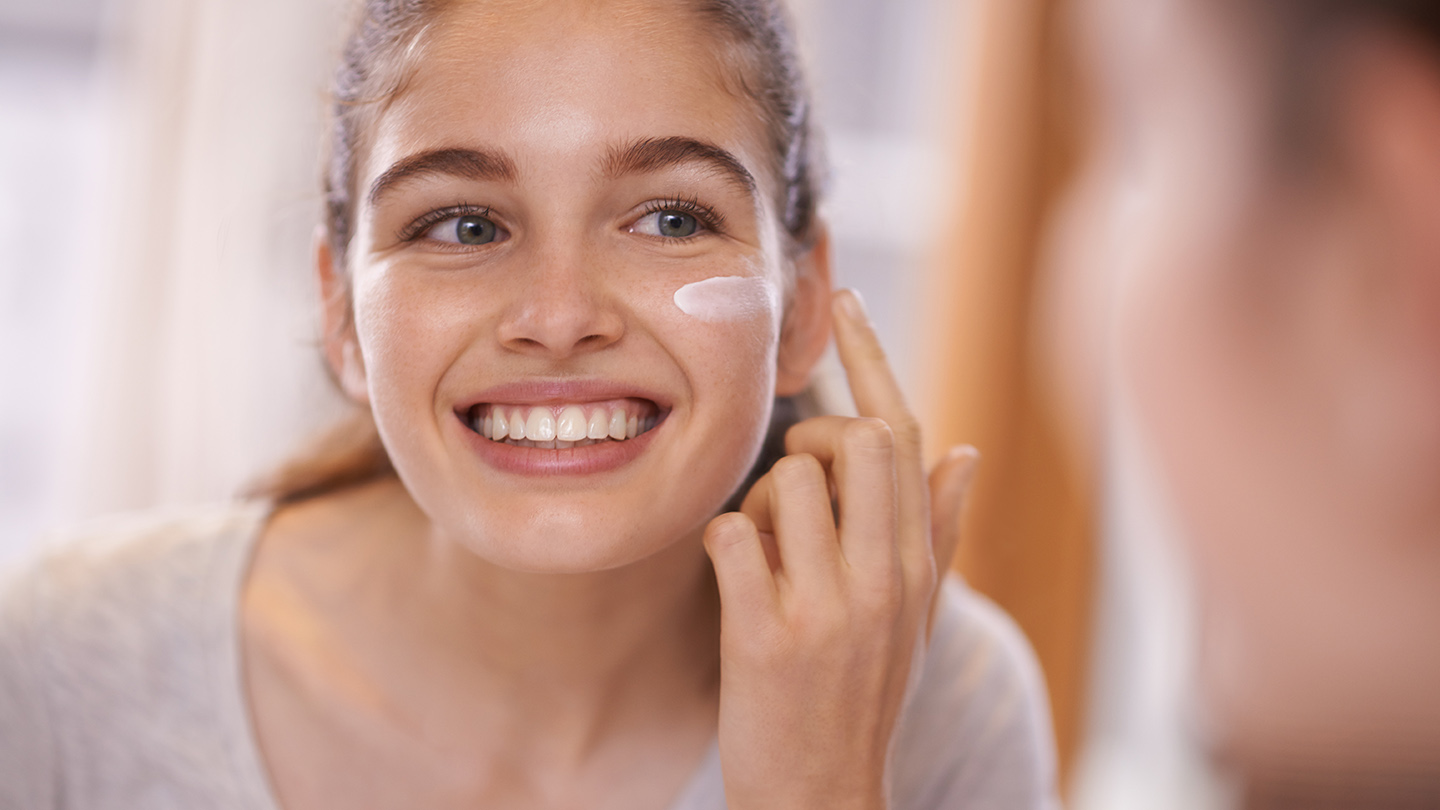The skin is our body’s largest organ, and the one that faces outward at the world. It’s the first thing people see when they look at us, and our personal identities are closely tied to its appearance. Because of that, when we suffer from what we consider to be unattractive skin conditions like acne scars, stretch marks, wrinkles, and enlarged pores, we begin to feel self-conscious about how our skin looks. To tackle that problem there are a variety of medications and devices such as salves, microdermabrasion, laser treatments, and chemical peels.
One of the most popular treatments in recent years has been a nonsurgical procedure called microneedling, a minimally invasive option. The very thought of needles is off-putting to many when they first hear it, but the procedure isn’t really painful, thanks to the dermatologist applying a topical anaesthetic cream to the area being treated to make it numb. The results are very impressive, and are plain to see when you compare microneedling before and after pictures that show how it resurfaces the skin and improves its texture! There are generally very few side effects beyond temporary swelling and redness for a few days post-treatment, a much shorter recovery time when compared to the application of chemical peels or laser treatments.
So, what exactly is microneedling and how does it work?
The process of microneedling also goes by the name percutaneous collagen induction therapy and involves the use of an electric-powered, handheld device shaped like a pen or a drum that makes precision microscopic punctures in the skin with its array of tiny needles. The punctures are called “micro-injuries” and help the skin repair itself by stimulating it, initiating a natural process called “dermal remodelling”.
The microneedles don’t leave any scars, in fact, they encourage the skin to heal scar tissue and other skin conditions by stimulating it, which causes new collagen, the elastic fibres that are responsible for keeping skin smooth, tight, and youthful in its appearance, to grow. Our natural skin collagen production falls off as we age, but the microneedling process reinvigorates it, causing the skin to repair the microscopic punctures.
To produce the desired results, smooth, unblemished, healthy-looking skin, it’s recommended that the patient undergoes around five monthly treatment sessions. The microneedling procedure increases the elasticity of skin fibres while also encouraging the epidermis, our outer layer of skin that thins naturally as we grow older, to thicken up and become tauter.
Microneedling only causes a small number of temporary side effects like redness, skin flaking, and short-term swelling that linger for a few days afterwards. The majority of patients are able to resume wearing their usual makeup only a day or two after treatment. Another factor to be aware of is that the skin will be more sun sensitive, so it’s recommended that recipients regularly apply sunscreen, especially if they plan to spend a lot of time outdoors.
We hope this helps you to better understand microneedling treatments, and what they can do to help people improve their skin’s appearance.







